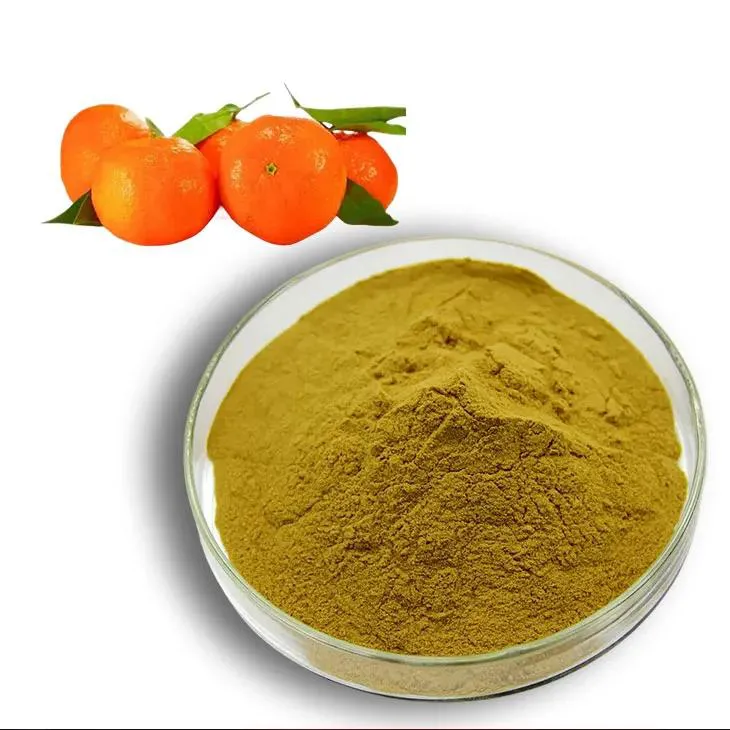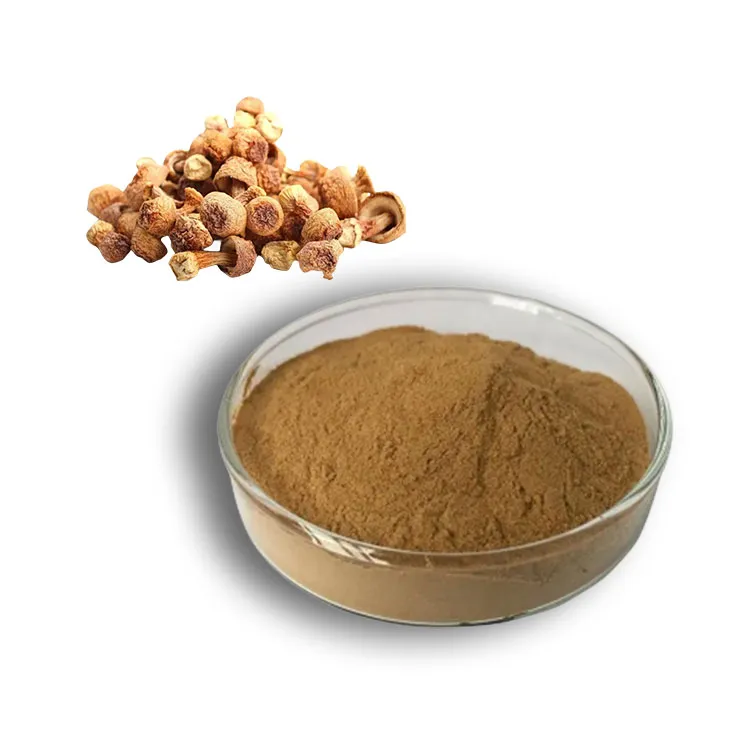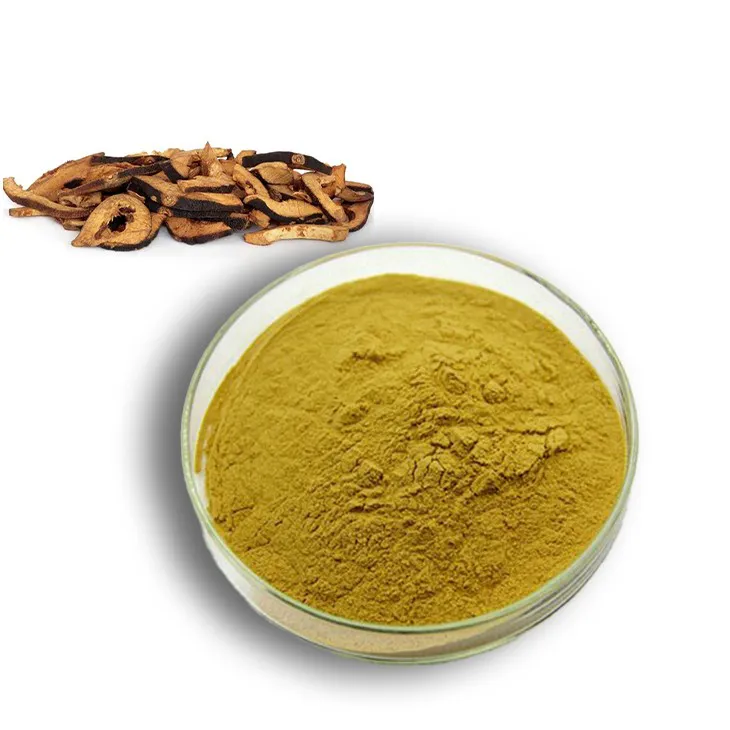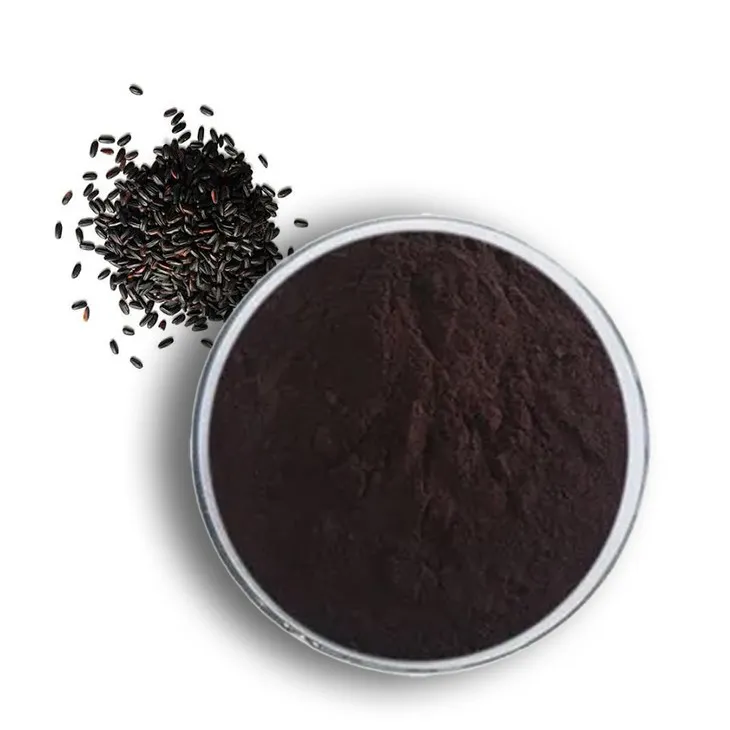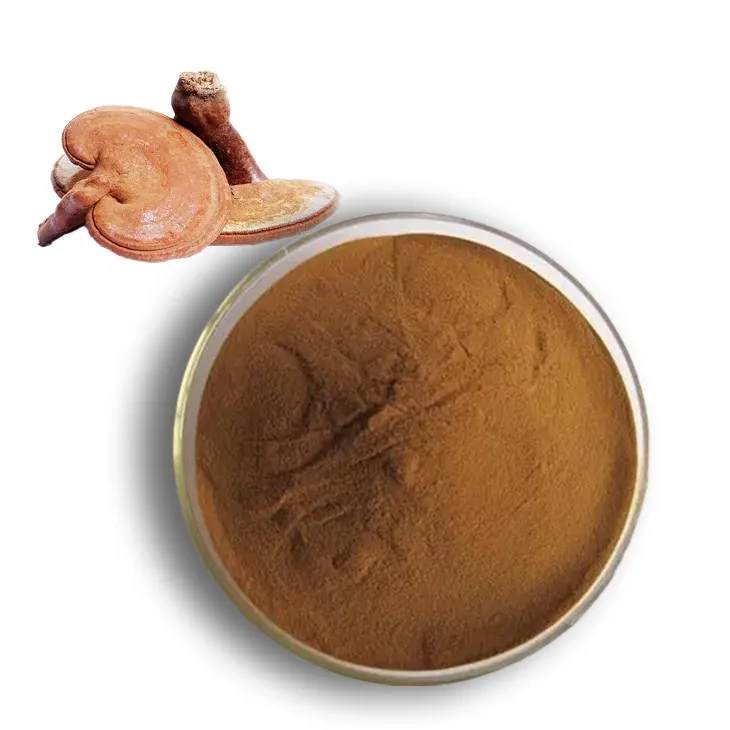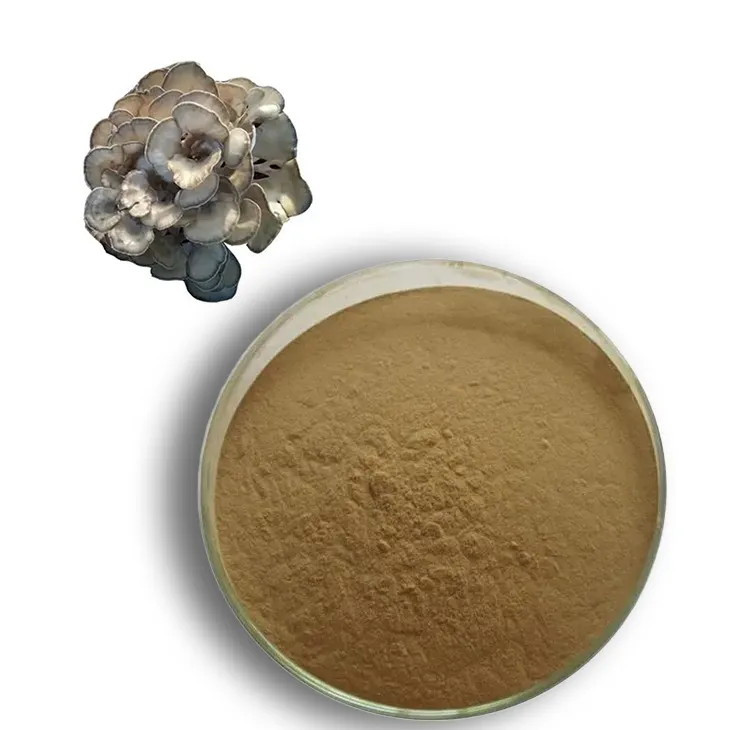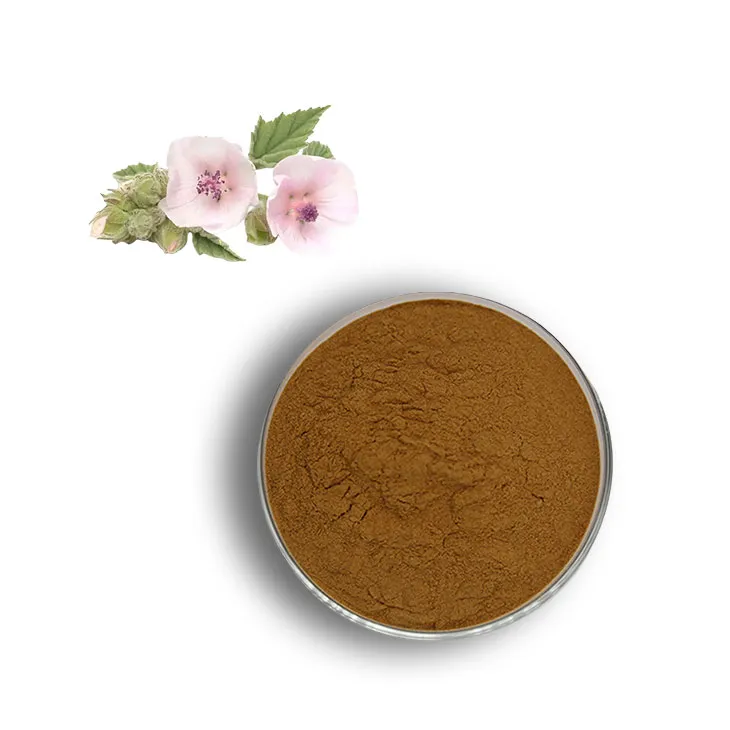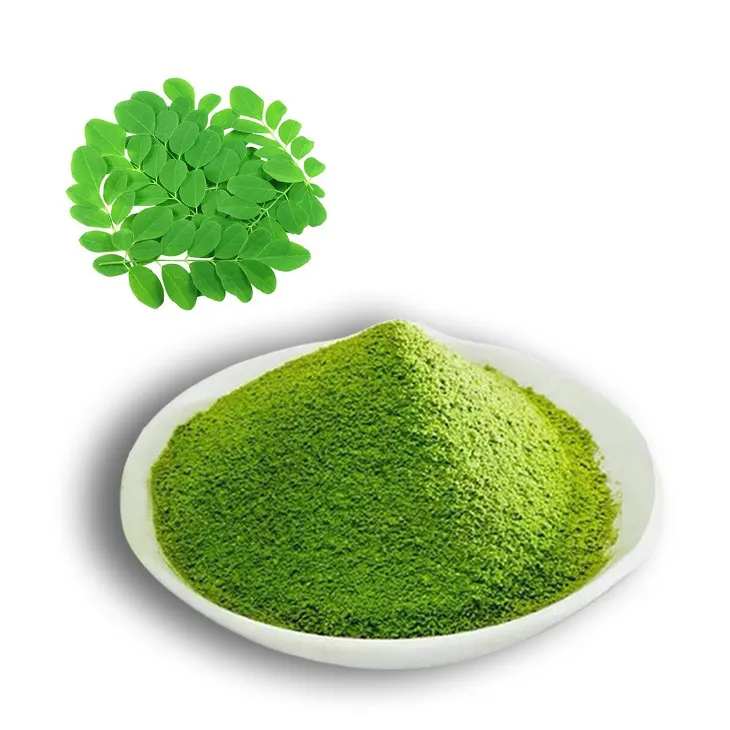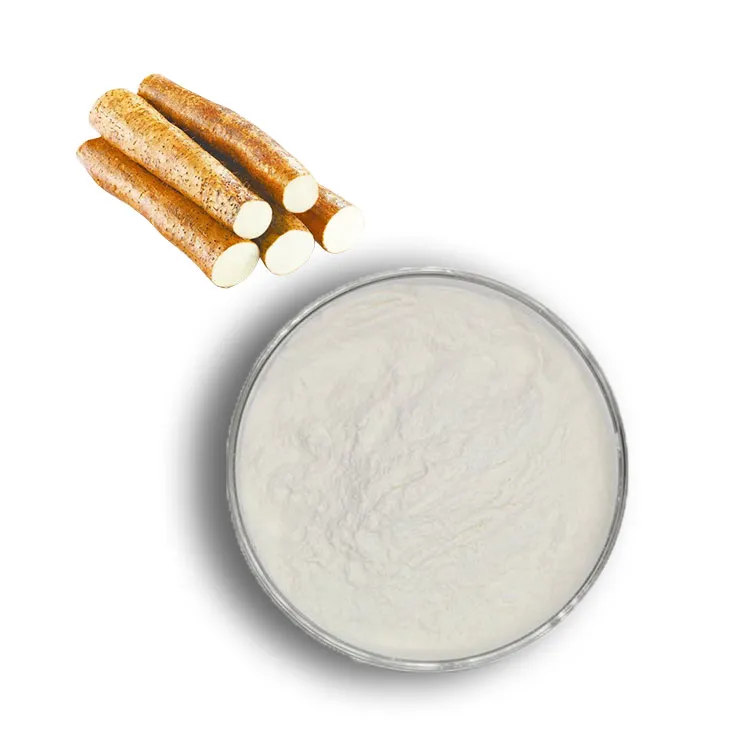- 0086-571-85302990
- sales@greenskybio.com
what foods contain lycopene
2023-09-27
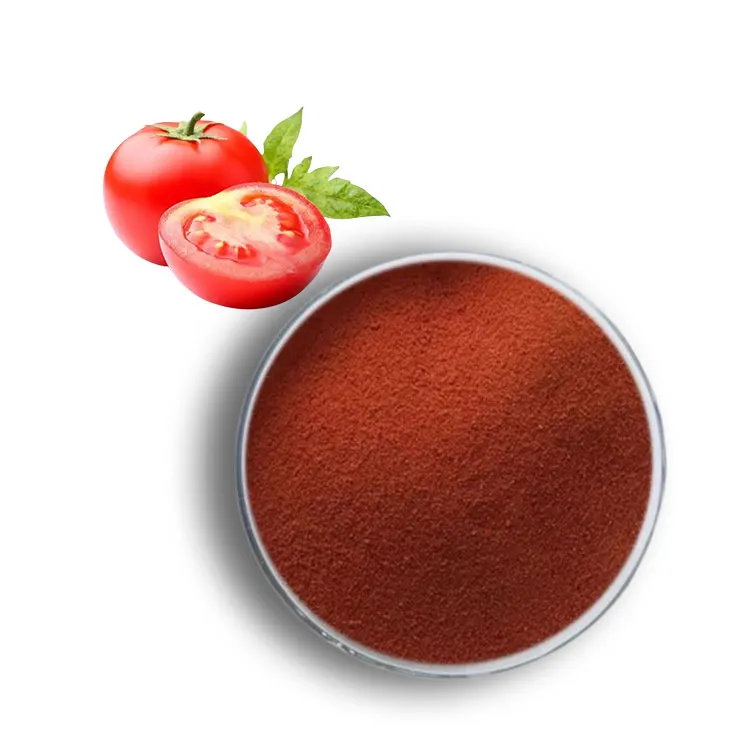
1. Health Benefits of Lycopene
1. Health Benefits of Lycopene
Lycopene is a powerful antioxidant and a phytochemical found in many red-colored fruits and vegetables. It is a carotenoid, a type of pigment that gives certain plants their vibrant colors. Lycopene is known for its potential health benefits, which include:
1.1 Antioxidant Properties
One of the primary benefits of lycopene is its antioxidant activity. Antioxidants help to protect the body from oxidative stress, which can lead to cell damage and contribute to the development of chronic diseases. Lycopene can neutralize free radicals, preventing them from causing harm to the body.
1.2 Cardiovascular Health
Research has shown that lycopene may help to reduce the risk of heart disease. It can lower bad cholesterol levels, improve blood vessel function, and reduce inflammation, all of which are important factors in maintaining a healthy cardiovascular system.
1.3 Skin Health
Lycopene has been linked to improved skin health due to its antioxidant properties. It can help protect the skin from harmful UV radiation and reduce the risk of skin cancer. Additionally, it may help to improve skin hydration and elasticity, reducing the signs of aging.
1.4 Prostate Health
Studies have suggested that lycopene may play a role in prostate health. It has been found to reduce the risk of prostate cancer and slow its progression in some cases. The antioxidant properties of lycopene can help to protect the prostate from oxidative damage.
1.5 Anti-Inflammatory Effects
Lycopene has anti-inflammatory properties, which can help to reduce inflammation in the body. This can be beneficial for individuals with inflammatory conditions such as arthritis, as well as for reducing the risk of other chronic diseases associated with inflammation.
1.6 Bone Health
Some research has indicated that lycopene may help to improve bone health by promoting bone mineralization and reducing bone loss. This can be particularly beneficial for older adults and those at risk of osteoporosis.
1.7 Immune System Support
Lycopene can help to support the immune system by enhancing the function of immune cells and reducing inflammation. This can help to protect against infections and improve overall immune health.
In summary, lycopene is a valuable nutrient with a range of health benefits, from supporting cardiovascular and prostate health to improving skin and bone health, and even potentially reducing the risk of certain cancers. Incorporating lycopene-rich foods into your diet can be an effective way to boost your intake of this important nutrient.
2. Foods Rich in Lycopene
2. Foods Rich in Lycopene
Lycopene is a powerful antioxidant that is found in a variety of fruits and vegetables. It is particularly abundant in red-colored produce, which is why it is often associated with a vibrant red hue. Here is a list of some of the most lycopene-rich foods that you can incorporate into your diet to reap its health benefits:
1. Tomatoes and Tomato Products: Tomatoes are perhaps the most well-known source of lycopene. This includes fresh tomatoes, as well as processed tomato products such as tomato sauce, paste, and ketchup. The concentration of lycopene in tomatoes can be higher in cooked or processed forms due to the breakdown of cell walls, making it more bioavailable.
2. Watermelon: This refreshing fruit is not only a great source of hydration but also contains a significant amount of lycopene. The bright red flesh is indicative of its lycopene content.
3. Grapes: Red and purple grapes, particularly those varieties with a deeper color, are rich in lycopene. Both the skin and the seeds contain this beneficial compound.
4. Red Bell Peppers: These peppers have one of the highest concentrations of lycopene among all fruits and vegetables. They are versatile and can be used in a variety of dishes.
5. Paprika: This spice, made from ground, dried red peppers, is not only a great source of lycopene but also adds flavor to many dishes.
6. Pink Guava: Guava, especially the pink variety, is another fruit that contains a good amount of lycopene.
7. Apricots: Dried apricots can be a concentrated source of lycopene, making them a healthy snack option.
8. Cranberries: Both fresh and dried cranberries are good sources of lycopene, with dried cranberries often having a higher concentration due to the concentration of the fruit during the drying process.
9. Red Cabbage: This cruciferous vegetable is not only rich in lycopene but also in other beneficial nutrients.
10. Pomegranate: The seeds of the pomegranate are packed with lycopene, along with other antioxidants.
11. Carrot Juice: Some brands of carrot juice are fortified with lycopene, making it a convenient way to boost your intake.
12. Cantaloupe: This melon, while not red, still contains a good amount of lycopene, especially in its deeper orange varieties.
Incorporating these foods into your diet can help ensure you get an adequate amount of lycopene. It's important to note that cooking methods can affect the bioavailability of lycopene, which will be discussed in the next section.
3. Cooking Tips to Maximize Lycopene Absorption
3. Cooking Tips to Maximize Lycopene Absorption
Lycopene is a powerful antioxidant that can provide numerous health benefits when consumed in adequate amounts. To ensure that you get the most out of lycopene-rich foods, it's important to follow some cooking tips that can help maximize its absorption. Here are some strategies to consider:
1. Cooking Methods:
- Cooking with Fat: Lycopene is fat-soluble, which means it is better absorbed when consumed with a source of fat. Adding a small amount of olive oil or avocado to your tomatoes or other lycopene-rich foods can enhance absorption.
- Baking and Roasting: These methods can break down the cell walls of fruits and vegetables, making lycopene more accessible for absorption. For example, roasting tomatoes or bell peppers can increase the bioavailability of lycopene.
2. Processing:
- Canned Tomatoes: Studies have shown that the processing of tomatoes into canned products can increase the bioavailability of lycopene due to the heating and mechanical disruption of the fruit.
3. Acidic Environment:
- Adding Acid: The presence of an acidic environment, such as that created by adding vinegar or lemon juice, can help to stabilize lycopene and make it more available for absorption.
4. Cooking Time:
- Moderate Cooking Time: While some cooking is beneficial for lycopene absorption, overcooking can lead to the degradation of this nutrient. Opt for moderate cooking times to preserve lycopene content.
5. Temperature Control:
- Avoid High Heat: High heat can destroy lycopene. Use lower temperatures and longer cooking times to gently heat lycopene-rich foods.
6. Soaking and Blanching:
- Soaking Dry Foods: For dried fruits like watermelon or tomato powder, soaking them in water can help to rehydrate the fruit and make lycopene more accessible.
- Blanching: Briefly boiling vegetables and then cooling them rapidly in cold water can help to break down cell walls without overcooking the food.
7. Pairing with Other Nutrients:
- Combining with Vitamin C: Foods rich in vitamin C, such as oranges or bell peppers, can enhance the absorption of lycopene when consumed together.
8. Regular Consumption:
- Daily Intake: Incorporating lycopene-rich foods into your daily diet can help to ensure a consistent intake of this beneficial nutrient.
By following these cooking tips, you can maximize the absorption of lycopene from the foods you eat, helping to take full advantage of its health-promoting properties. Remember, a balanced diet with a variety of lycopene-rich foods is key to reaping the benefits of this nutrient.
4. Conclusion and Recommendations
4. Conclusion and Recommendations
In conclusion, lycopene is a powerful antioxidant and phytonutrient that offers a multitude of health benefits, including reducing the risk of chronic diseases such as heart disease and certain types of cancer. It is essential to incorporate lycopene-rich foods into your diet to reap these benefits.
Here are some recommendations to ensure you get the most out of lycopene:
1. Diversify Your Diet: Include a variety of lycopene-rich foods in your meals to ensure you are getting a wide range of nutrients. This not only helps in maximizing the health benefits of lycopene but also contributes to a balanced diet.
2. Cooking Methods: As mentioned, cooking tomatoes and tomato-based products can increase the bioavailability of lycopene. Incorporate cooked tomato dishes into your diet regularly, such as tomato sauce, soups, or stews.
3. Pair with Healthy Fats: Consuming lycopene-rich foods with a source of healthy fats, such as olive oil or avocado, can enhance the absorption of lycopene in the body.
4. Fresh and Seasonal: Whenever possible, opt for fresh and seasonal produce. This not only ensures that the fruits and vegetables are at their peak nutritional value but also supports local agriculture.
5. Supplements: While it's best to get nutrients from food, if you find it challenging to consume enough lycopene-rich foods, consider speaking with a healthcare provider about lycopene supplements.
6. Moderation: As with all nutrients, balance is key. While lycopene is beneficial, excessive consumption of any nutrient can have unintended consequences.
7. Stay Informed: Nutrition science is continually evolving. Stay updated on the latest research to make informed decisions about your diet and health.
By following these recommendations, you can effectively increase your lycopene intake and support your overall health and well-being. Remember, a diet rich in a variety of fruits and vegetables is the foundation of a healthy lifestyle.
- ▶ Hesperidin
- ▶ Citrus Bioflavonoids
- ▶ Plant Extract
- ▶ lycopene
- ▶ Diosmin
- ▶ Grape seed extract
- ▶ Sea buckthorn Juice Powder
- ▶ Fruit Juice Powder
- ▶ Hops Extract
- ▶ Artichoke Extract
- ▶ Mushroom extract
- ▶ Astaxanthin
- ▶ Green Tea Extract
- ▶ Curcumin
- ▶ Horse Chestnut Extract
- ▶ Other Product
- ▶ Boswellia Serrata Extract
- ▶ Resveratrol
- ▶ Marigold Extract
- ▶ Grape Leaf Extract
- ▶ New Product
- ▶ Aminolevulinic acid
- ▶ Cranberry Extract
- ▶ Red Yeast Rice
- ▶ Red Wine Extract
-
Citrus bioflavonoids
2023-09-27
-
Agaricus Blazei Extract
2023-09-27
-
Citrus Aurantii Extract
2023-09-27
-
Black Rice Extract
2023-09-27
-
Reishi mushroom extract
2023-09-27
-
Maitake Mushroom Extract
2023-09-27
-
Medicinal Marshmallow Extract
2023-09-27
-
Moringa powder
2023-09-27
-
Aminolevulinic acid
2023-09-27
-
Yam Extract
2023-09-27











